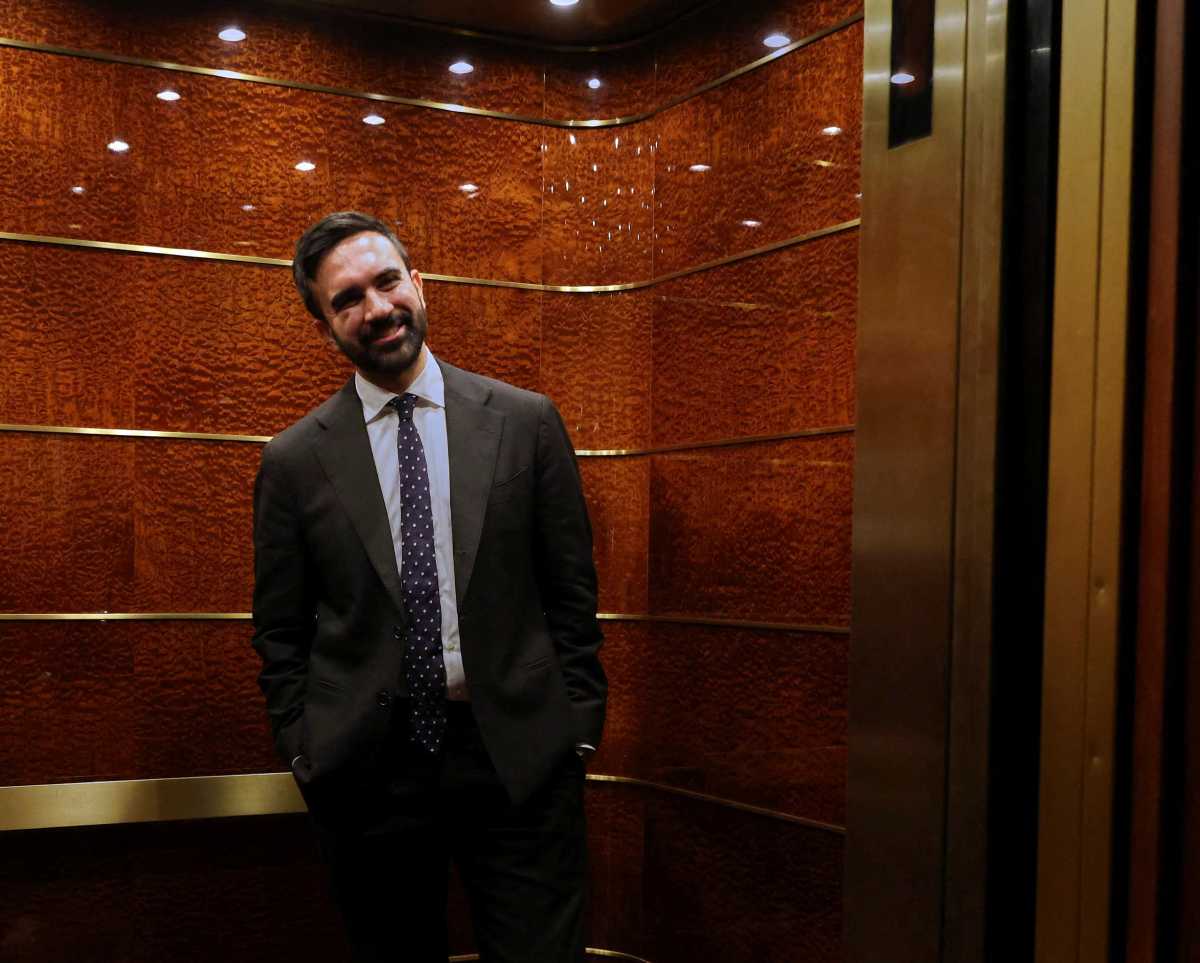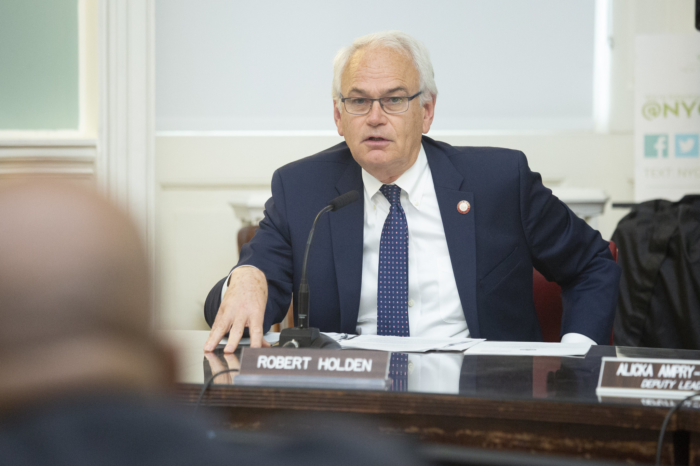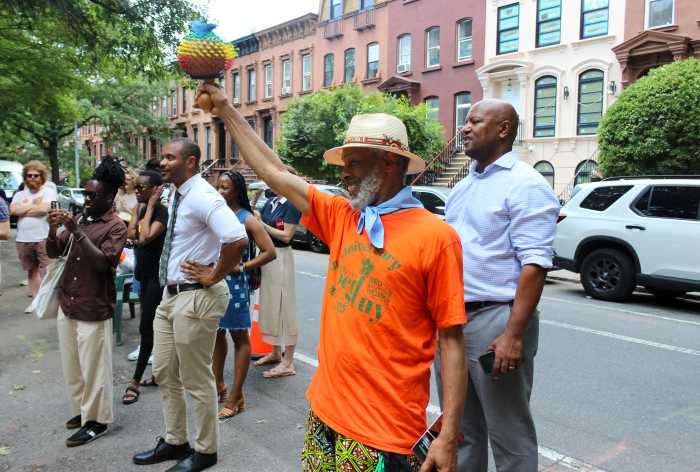
Thousands of subways riders’ commutes are snarled by phantom trains each year because the signal system often detects ones that aren’t really there.
About 20% of all delays are caused by signal problems, according to the MTA. The most common signal problem is a failure to recognize whether there is a subway train actually on the tracks.
Sometimes a small metal object will be mistaken for a 400-ton train.
“The signal system has to treat it like a train,” said Wynton Habersham, vice president of service delivery at New York City Transit, during a tour of a school used by the MTA to train signal workers. “It makes signals behind it go red until we can verify that what looks like a train to the system is not in fact a train.”
The ghost train may actually be a broken wire, a piece of aluminum foil, or a can wedged between the rails.
When that happens, trains can still travel through a red signal — but they have to get permission from the Rail Control Center, and move at a sluggish pace.
“There is not actually a train, but we have to treat it like it’s a train,” Habersham said. “What we can normally go through at 35 mph., you can now only go through at 10 mph. That’s the type of stuff that causes the delays in service.”
Between January and July this year, the most recent time period available, there has been about a 12% increase in weekday delays, from about 307,000 to 345,000. They have risen 44% on weekend snags, from about 63,000 to 91,000.
“I was 20 minutes late for work because of subway delays, and they told me that the next time it happened, they were going to deduct $20 from my pay,” said Melanie Capraro, 19, who works at a dog day care in Queens . “I’ve actually been fired for being late because of subways delays.”
Tammy Oruwariye, 23, of the Bronx says there are frequent delays on the three trains she uses — the No. 1, No. 4, and A lines.
“You’re never really aware of why they happen,” she said. “I think they have been addressing it and it’s better on some lines, and it’s definitely something they can fix.”
Sometimes trains that aren’t there are detected in the middle of the night, when few riders are using the rails. “That same problem can occur at 2 o’clock in the morning, and no one knows anything,” Habersham said.
Other times, it happens when millions of people are trying to get to work and school. “Something as simple as that can create this conga-line of trains,” Habersham said.
A transit official says a track circuit could also be detecting something more serious, such as a broken rail, or as small as a paper clip — hence the cautious speeds.
The workers that ultimately fix signal problems first study at the MTA’s New York City Signal Training School. They learn by using model trains and rails in Chelsea — even re-creating signal problems to understand exactly how the system works.
Most of the students have some kind of background in electrical engineering or an interest in electrical mechanics. When they leave school, they will run and fix about 12,000 signals, and 2,600 track switches. Some of the signal system dates back to the 1930s, when many subway lines were built.
The MTA is spending about $750 million to modernize the signal system on the busy No. 7 line, which will allow it to run trains more efficiently and safely, and also plans to upgrade the Queens Boulevard lines. The new system, called communication-based train control, can detect exactly where trains are, and what direction they are going.
The MTA has already installed the futuristic system, called communication based train control, on the L train. It has helped revitalize northern Brooklyn with much more frequent access to Manhattan.
“You can fit more trains into that pocket of real estate,” said Habersham. “There’s a lot more efficiency, a lot more safety.”






































